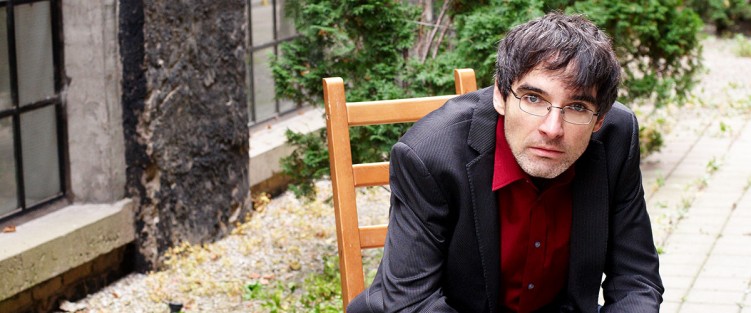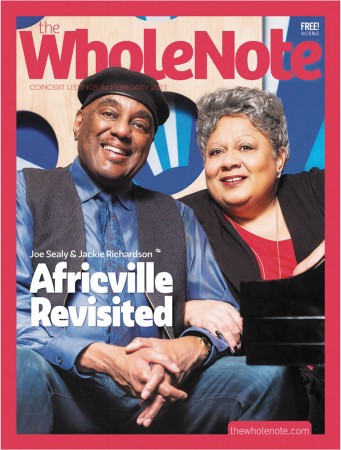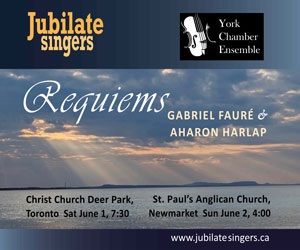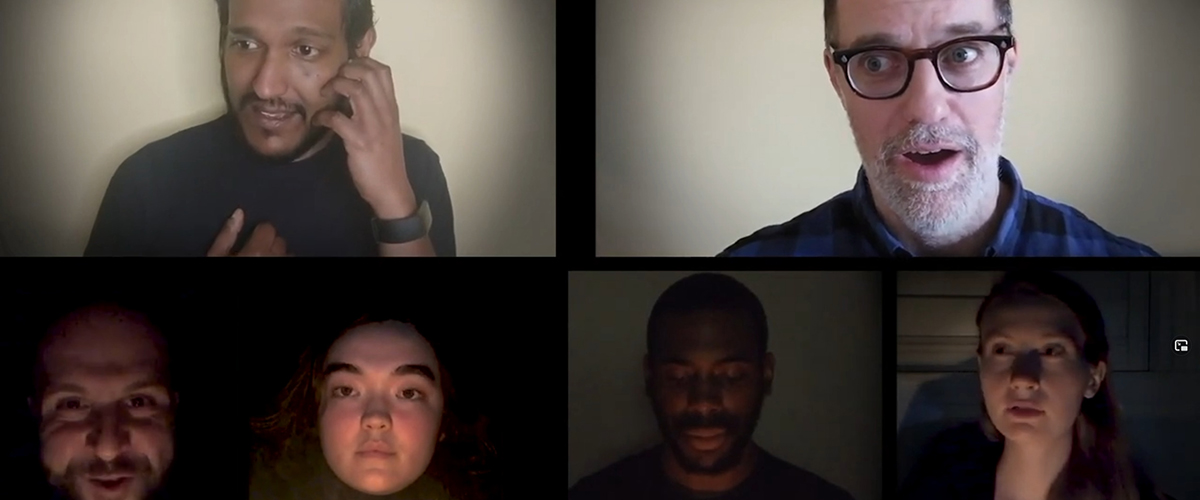
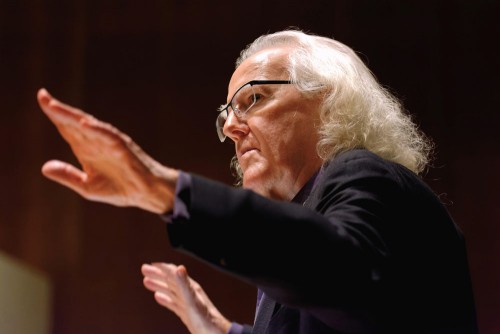 Of late, the topic of mentoring has been on my mind. Your Dictionary defines a mentor as “someone who guides another to greater success,” but one of my favourite quotes on this topic comes from flutist and composer, Robert Aitken: “You can only teach a person two things: how to listen, and how to teach themselves.” Particularly in this latter sense, I have experienced the joys and benefits of being mentored at various points of my life, as well as opportunities to “pay forward” what I have learned.
Of late, the topic of mentoring has been on my mind. Your Dictionary defines a mentor as “someone who guides another to greater success,” but one of my favourite quotes on this topic comes from flutist and composer, Robert Aitken: “You can only teach a person two things: how to listen, and how to teach themselves.” Particularly in this latter sense, I have experienced the joys and benefits of being mentored at various points of my life, as well as opportunities to “pay forward” what I have learned.
Particularly memorable, in the former category were my high school band teacher, my graduate school advisor, my trainer as a new recruit at CBC Radio in 1973, and Glenn Gould, whom I worked with often in the ensuing years.
Then, as my professional career developed, one detail of my personal history seems to have forecast how my own involvement in the role of mentor would evolve. In 1969, while still a university student, I had the good fortune to be named as a Fellow by what was then the Woodrow Wilson National Fellowship Foundation (now The Institute for Citizens & Scholars). The panel of examiners for the Foundation was charged with the task of finding scholars entering graduate schools, whom they felt possessed the potential to become outstanding future teachers. I suppose, in retrospect, those perceptive examiners were on to something, although teaching “on the job” has always come naturally for me rather than as a formal profession.




